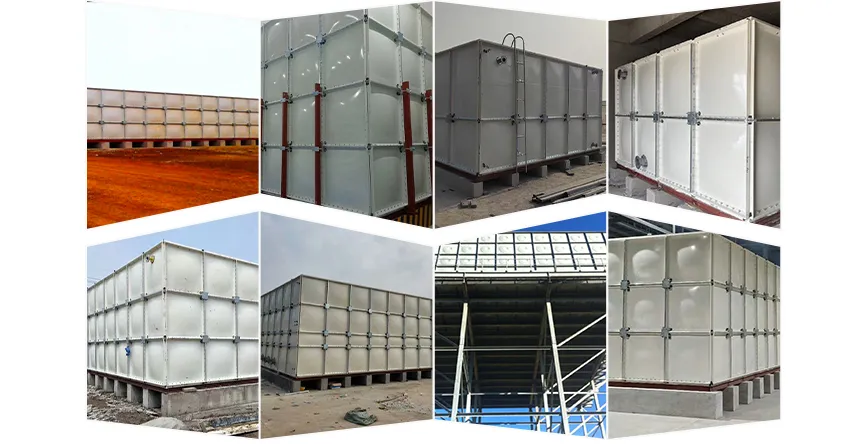loading...
- No. 9, Xingyuan South Street, Dongwaihuan Road, Zaoqiang County, Hengshui, Hebei, China
- admin@zjcomposites.com
- +86 15097380338
- Welcome to visit our website!
anti slip stair nosing
Understanding Anti-Slip Stair Nosing Importance and Benefits
Safety is paramount in any environment, whether it’s a busy commercial building, a public space, or a residential home. One crucial yet often overlooked aspect of safety is the prevention of slips and falls on stairs. One effective solution to this problem is the utilization of anti-slip stair nosing. In this article, we will explore what anti-slip stair nosing is, its benefits, and best practices for implementation.
What is Anti-Slip Stair Nosing?
Anti-slip stair nosing refers to the protective strip that is applied to the edge of stairs to enhance safety. These strips are made of various materials, including rubber, aluminum, and vinyl, often featuring textured surfaces that improve traction. Anti-slip stair nosing is designed to reduce the risk of slipping, especially in areas prone to moisture, such as entryways, kitchens, or outdoor steps.
Importance of Anti-Slip Stair Nosing
The primary function of anti-slip stair nosing is to provide additional grip on stairs, significantly lowering the potential for accidents. According to the National Safety Council, slips and falls are among the leading causes of work-related injuries, and stairs are a common site for such incidents. By incorporating anti-slip stair nosing, property owners can enhance safety measures, protect individuals from injuries, and reduce liability in case of accidents.
Moreover, stairs can be hazardous for specific populations, including the elderly and people with mobility challenges. Anti-slip stair nosing enhances visibility for all users, contributing to a safer environment. The contrast of colors and textures can guide users, helping them navigate stairs confidently.
Benefits of Anti-Slip Stair Nosing
1. Enhanced Safety The most significant benefit of installing anti-slip stair nosing is increased safety. With better grip on stair edges, the risk of slip-related accidents is minimized.
2. Compliance with Regulations Many building codes and safety regulations require measures that reduce risks associated with stairways, especially in commercial settings. Installing anti-slip stair nosing can help property owners comply with these regulations.
anti slip stair nosing

3. Durability and Longevity High-quality anti-slip stair nosing materials are designed to withstand heavy foot traffic and extreme conditions, ensuring they remain effective and visually appealing over time.
4. Aesthetic Appeal Anti-slip stair nosing comes in various designs, colors, and finishes, allowing property owners to select options that complement the existing decor. This dual function of safety and aesthetics makes it a smart choice.
5. Easy Installation Many anti-slip stair nosing products are designed for straightforward installation, whether through adhesive backing or screws, making it accessible for DIY enthusiasts and professional installations alike.
Best Practices for Implementation
When implementing anti-slip stair nosing, consider the following best practices
1. Choose Appropriate Materials Select materials that provide optimal grip for the specific environment. For example, rubber is ideal for wet areas, while aluminum may be better for dry, high-traffic locations.
2. Ensure Proper Measurement Accurate measurements of stair treads are crucial to guarantee the correct fit of stair nosing. Inadequate sizing can lead to hazards rather than prevent them.
3. Regular Maintenance While anti-slip stair nosing is designed to be durable, regular inspection and maintenance are essential. Clean any debris or spills promptly to maintain traction.
4. Notify Users Clearly mark areas with newly installed anti-slip stair nosing to alert users to the changes in their environment.
In conclusion, anti-slip stair nosing is a vital component in enhancing safety in various settings. By investing in this simple yet effective safety measure, property owners can protect individuals from accidents while also creating a more visually appealing environment. As safety standards continue to evolve, incorporating anti-slip solutions such as stair nosing should be a top priority for anyone overseeing a public or private space.
-
The Rise of FRP Profiles: Strong, Lightweight, and Built to LastNewsJul.14,2025
-
SMC Panel Tanks: A Modern Water Storage Solution for All EnvironmentsNewsJul.14,2025
-
GRP Grating: A Modern Solution for Safe and Durable Access SystemsNewsJul.14,2025
-
Galvanized Steel Water Tanks: Durable, Reliable, and Ready for UseNewsJul.14,2025
-
FRP Mini Mesh Grating: The Safer, Smarter Flooring SolutionNewsJul.14,2025
-
Exploring FRP Vessels: Durable Solutions for Modern Fluid HandlingNewsJul.14,2025
-
GRP Structures: The Future of Lightweight, High-Performance EngineeringNewsJun.20,2025
